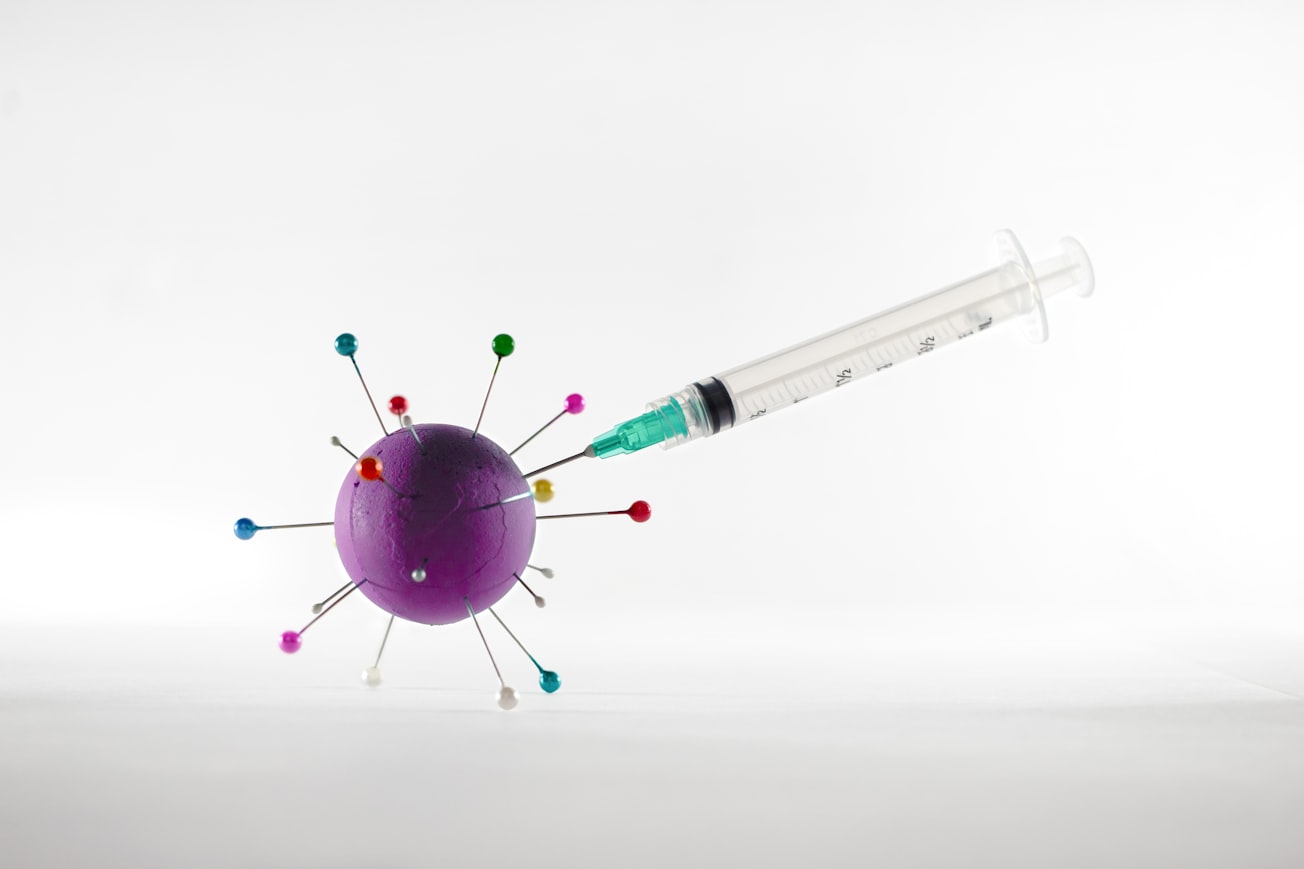What is it about?
This study examines the likelihood of secondary infections and outbreaks following the isolation of a vaccine breakthrough-infected individual, considering different community vaccination coverage levels. The study evaluates the role of vaccines in reducing post-isolation transmission, the effectiveness of isolation measures, and the impact of delays in isolating infected individuals.
Featured Image

Photo by Ivan Diaz on Unsplash
Why is it important?
This study provides insights into the effectiveness of vaccines and isolation measures in reducing the risk of post-isolation transmission, especially in the context of the COVID-19 pandemic. The study's findings could inform policymakers in deciding when to relax isolation policies to limit the economic impact of the pandemic while balancing the risk of transmission. The study also highlights the importance of effective contact tracing and disease surveillance systems in controlling disease outbreaks, in addition to vaccination and isolation measures. Finally, the study sheds light on the potential impact of emerging variants on vaccine protection, highlighting the need for ongoing monitoring and evaluation of vaccine effectiveness against new variants.
Perspectives
I hope the findings from this study could be the key to unlocking effective ways of controlling the spread of COVID-19 through isolation strategies. These insights could be critical in informing policymakers to develop targeted public health policies to alleviate patients' financial, psychological, and emotional toll caused by isolating infected individuals.
Assoc. Prof. Charin Modchang
Mahidol University
Read the Original
This page is a summary of: Individual-based modeling reveals that the COVID-19 isolation period can be shortened by community vaccination, Scientific Reports, October 2022, Springer Science + Business Media,
DOI: 10.1038/s41598-022-21645-y.
You can read the full text:
Contributors
The following have contributed to this page







